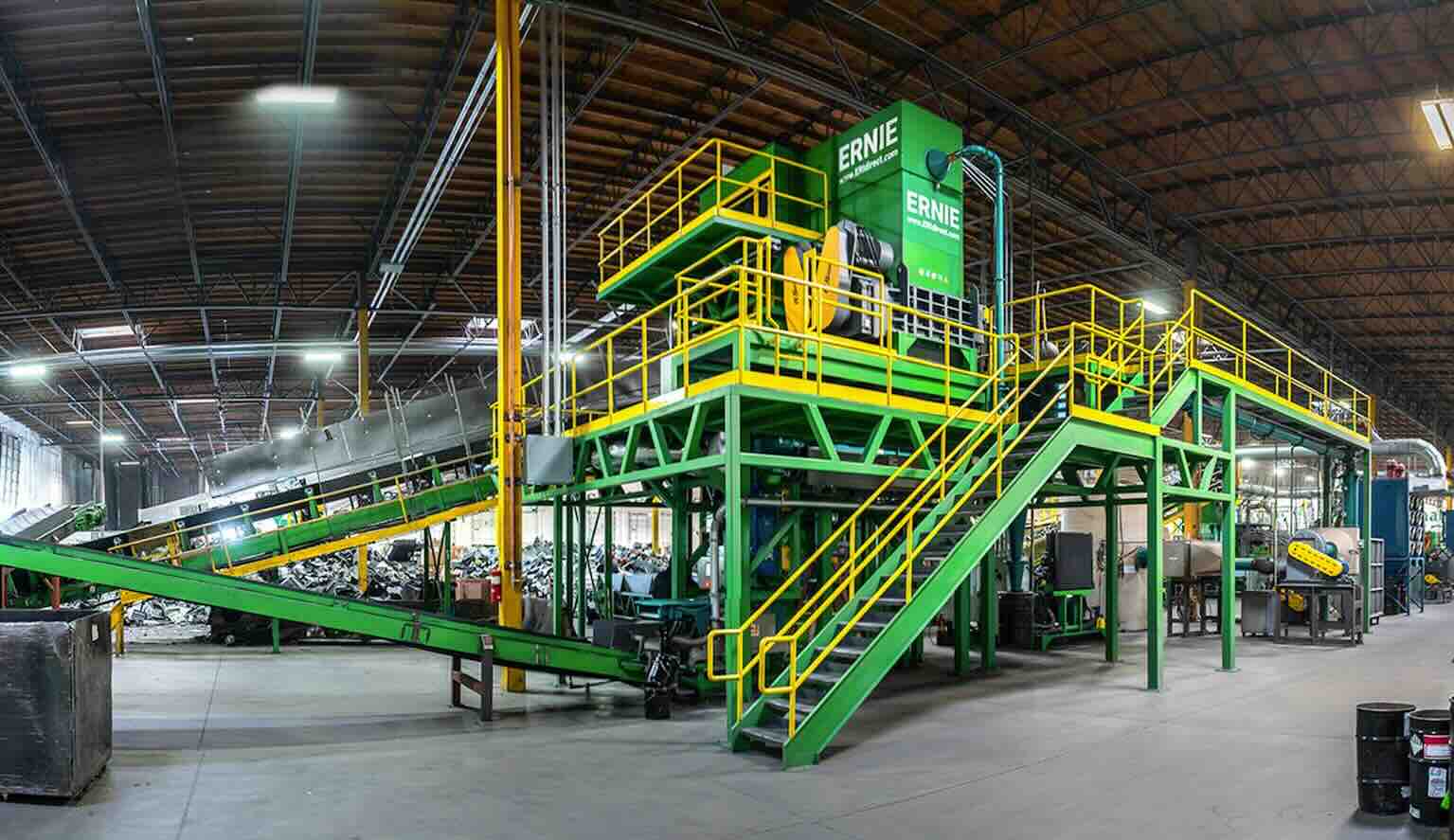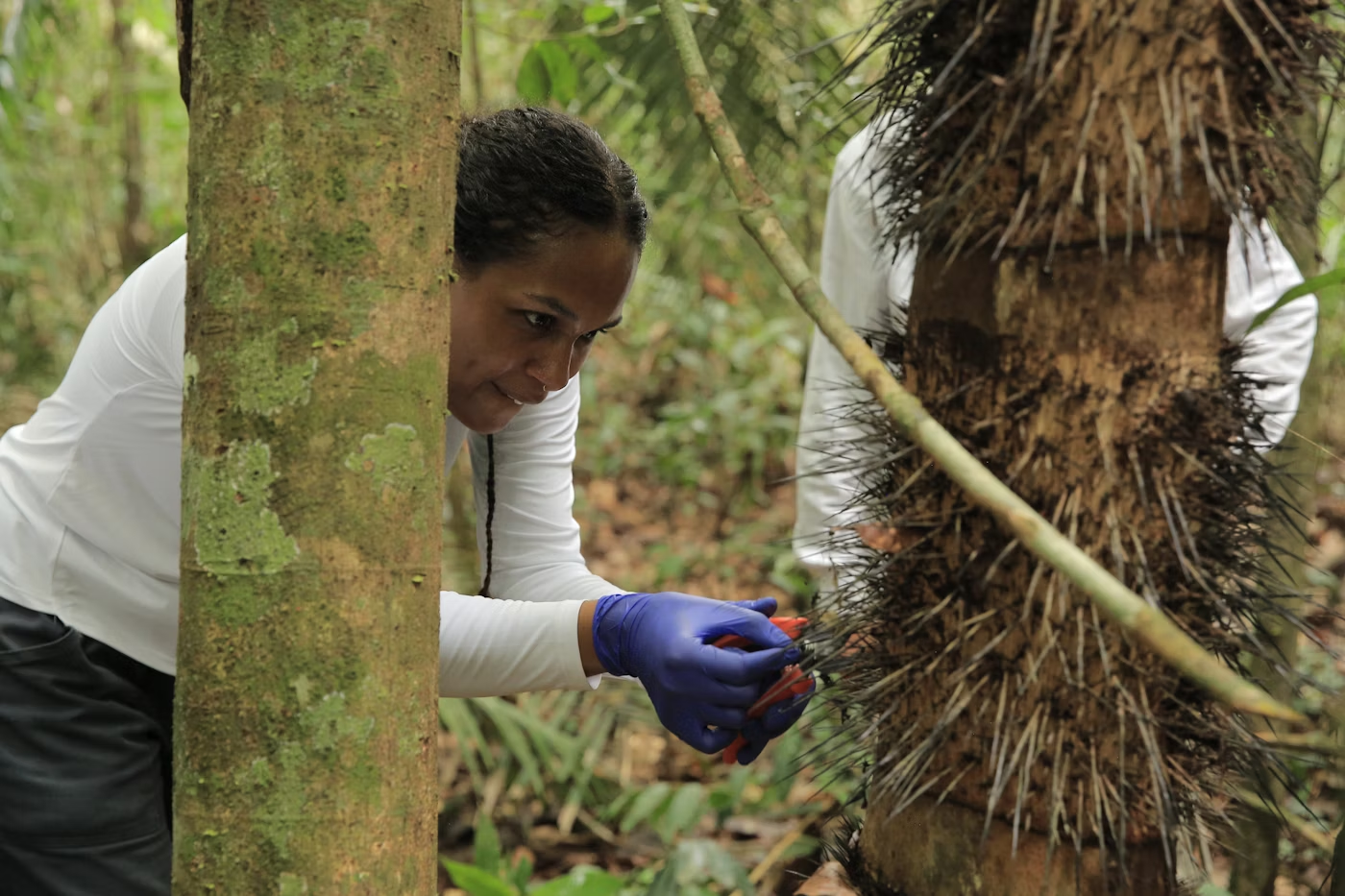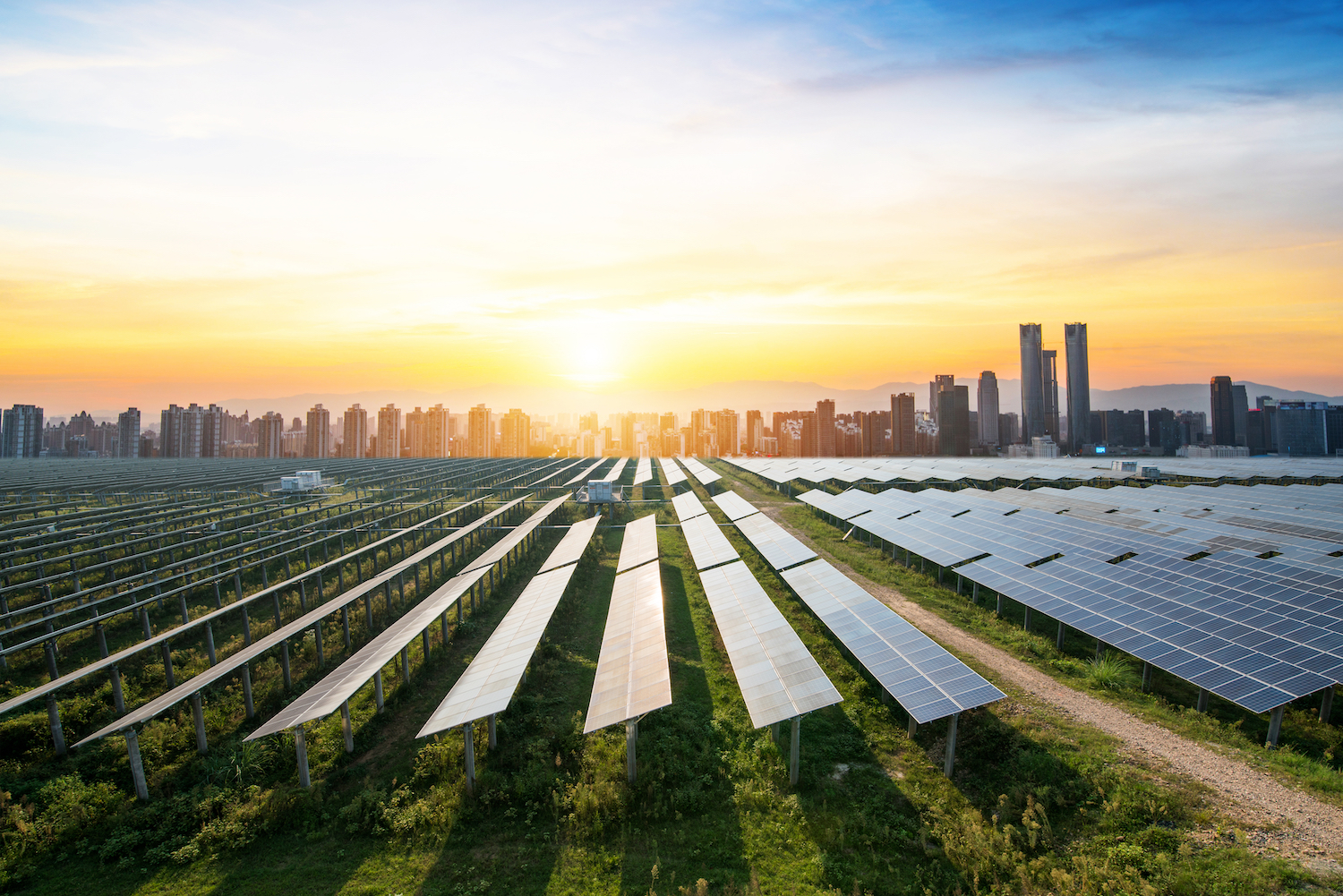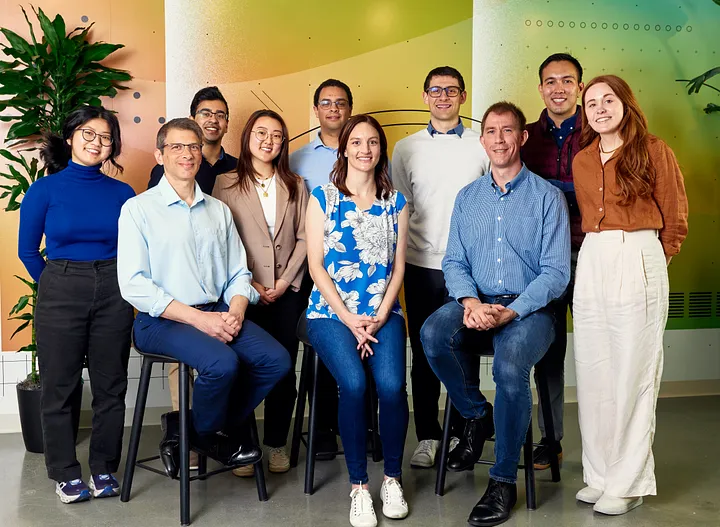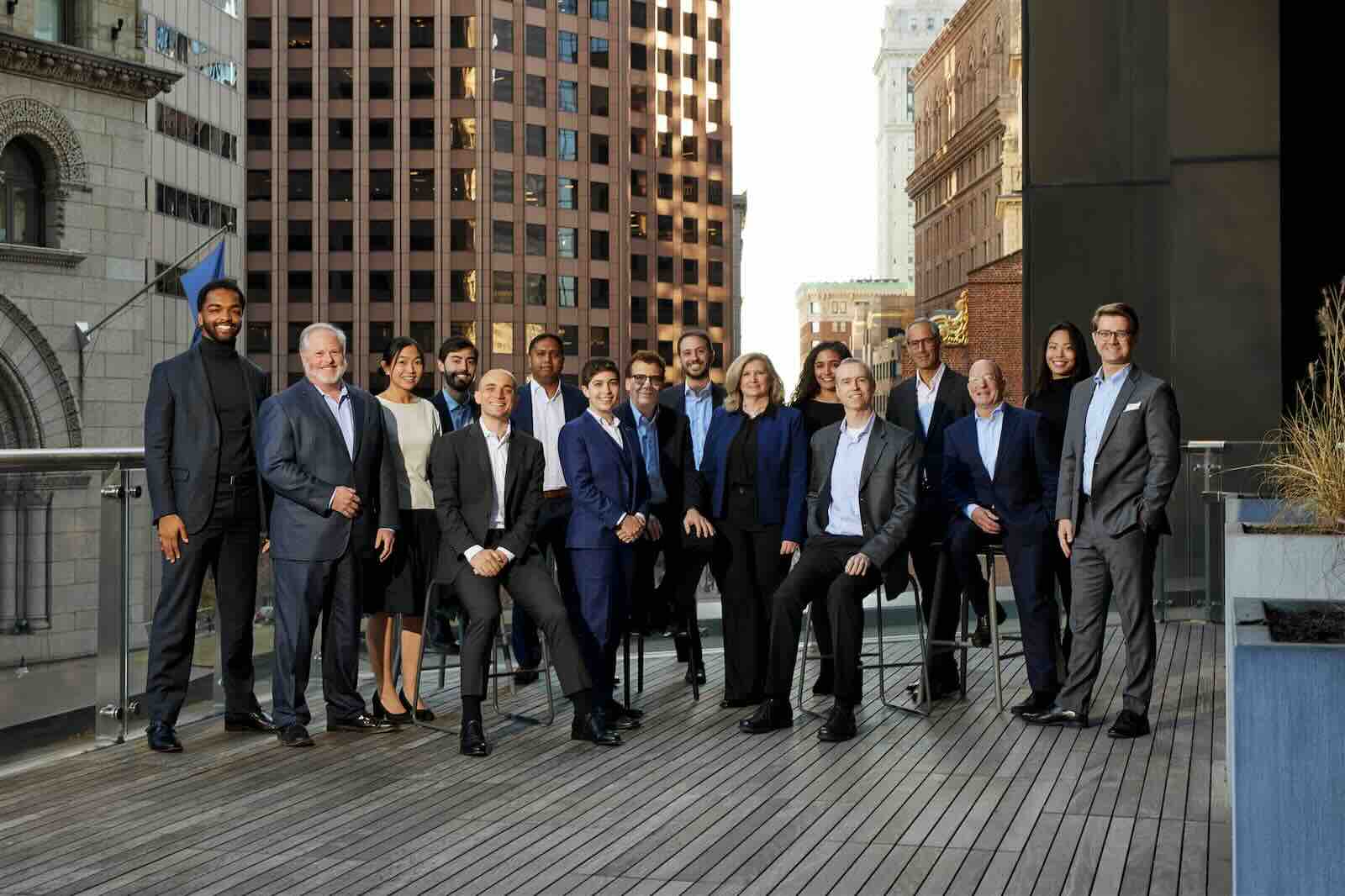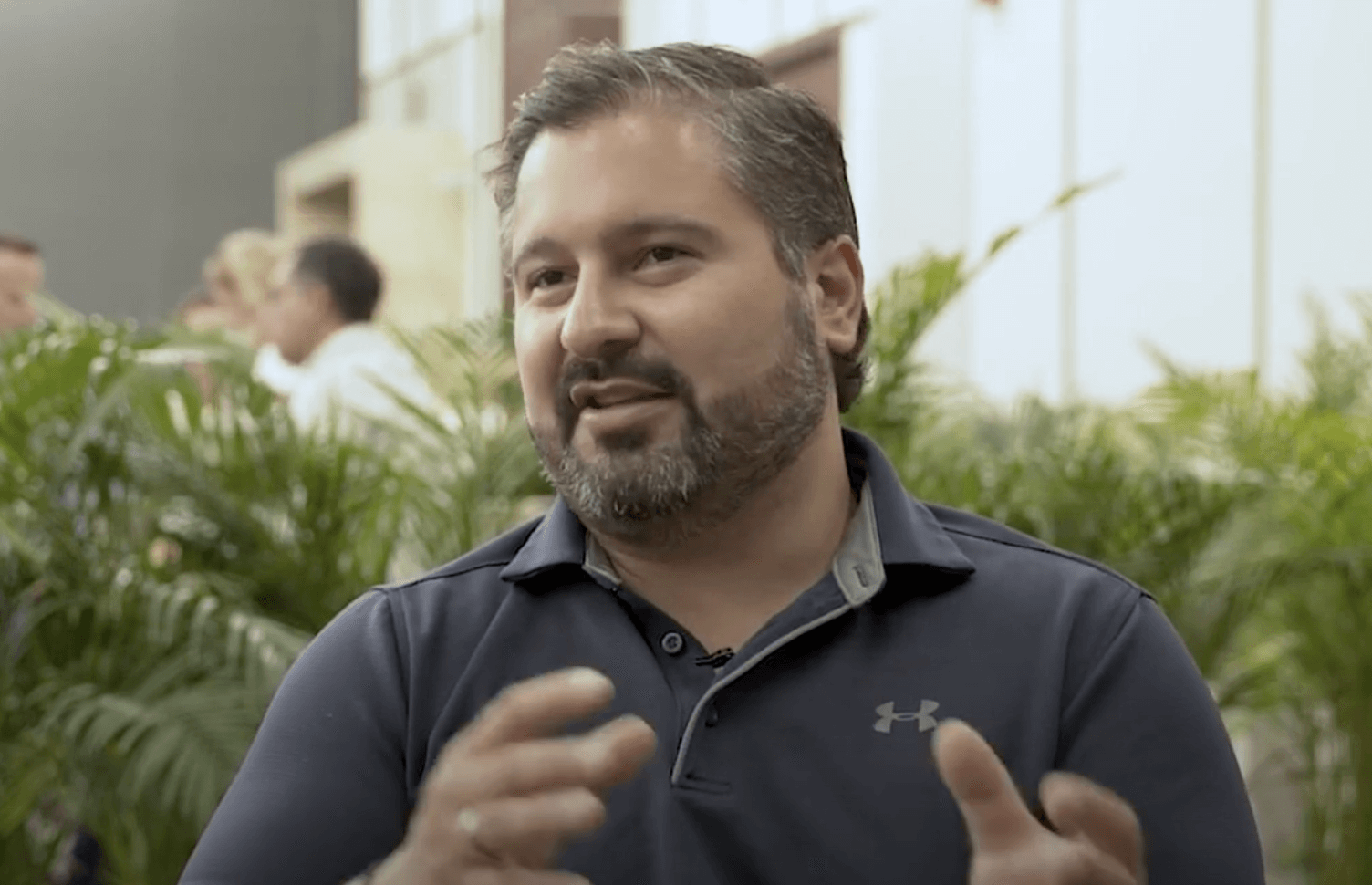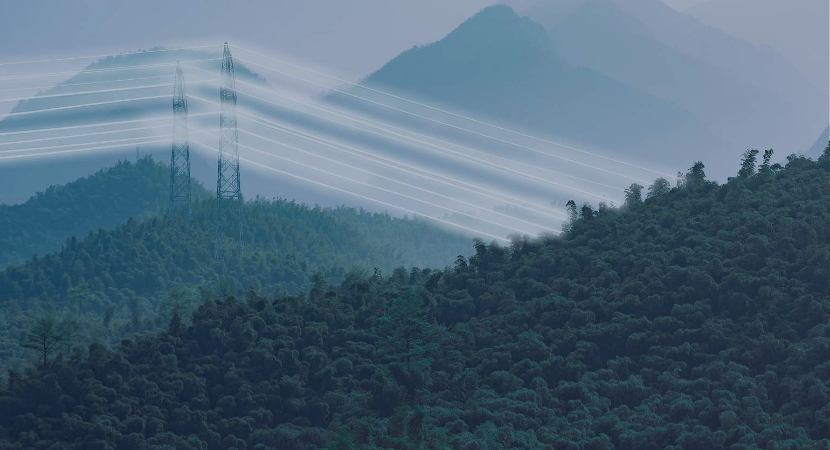A global scramble is on to secure critical minerals such as lithium, cobalt, graphite and nickel that today’s EV batteries rely on. Recycling is helping countries including the US that are not well endowed with such reserves build a more secure and sustainable supply chain.
Battery recyclers are ramping up to meet the challenge.
Last week, New Jersey-based Princeton NuEnergy secured an additional $10 million to bring its Series A round to $26 million, while Pineville, NC-based Li Industries raised $36 million in a Series B round.
Those sums pale in comparison to the hauls of more established recycling startups. Ascend Elements raised $162 million in February, just five months after its $542 million infusion from Decarbonization Partners, Temasek and Qatar Investment Authority.
Topping them all is Redwood Materials, a battery recycler founded by former Tesla cofounder and CTO JB Straubel. Last September, investors including Goldman Sachs, Capricorn, and T. Rowe Price ponied up a cool $1 billion for the Carson City, Nevada-based company’s expansion.
The US Department of Energy and other agencies are also lavishing grants and low-cost loans on promising recycling tech to help build out a domestic EV supply chain. (Redwood Materials snagged a $2 billion DOE loan). Think tank RMI has called the effort “the fastest supply chain ramp up since World War II.”
EV batteries won’t be ready to be recycled en masse until the mid-2030s, when the first wave of EVs are retired. Today, most recyclers are processing industrial scrap (and more than a few recalled Chevy Bolt batteries). But the expected influx of batteries, together with US policies that favor locally-sourced materials, have prodded US companies to ramp up recycling operations and play catch-up with China.
“Building out that robust supply chain and making sure that we’re being strategic ahead of time about where we invest, and looking at where the puck is going, is going to be critical,” Straubel told the DOE’s Jigar Shah last fall at the agency’s Deploy conference.
Policy push
The Inflation Reduction Act is expected to add 37 million EVs to roads by 2032, according to the RMI. At the same time, US policy is incentivizing EV manufacturers to build their vehicles within the US borders and source materials for EV batteries domestically. Federal programs provide grants, loans and tax incentives to consumers, domestic automakers, and producers of minerals including recyclers.
Through the IRA, the DOE awarded $5 billion to battery recycling, lithium extraction and other critical minerals production projects. The Infrastructure Investment and Jobs Act, or IIJA, authorized $43 billion in flexible spending on EV projects that include battery manufacturing. DOE also has up to $5 billion in two IIJA-authorized grant programs for EV battery recycling and reuse.
Under new rules that went into effect this year, EVs that contain components or battery minerals “substantially under the control of a foreign entity of concern” will not qualify for a $7,500 consumer tax credit for new EVs.
Four countries make that list: China, North Korea, Iran and Russia. China’s inclusion has US manufacturers scrambling. More than half of the world’s EVs are produced in China, and the country controls some three-quarters of EV battery production.
The tax incentive rules go on to say that by 2027, 80% of the critical minerals in the EV battery must be recycled in North America, or mined or processed in North America or in countries with a free trade agreement with the US. By 2029, all of the components in a battery must be manufactured or assembled in North America.
Backed by venture capital, partnerships with automotive manufacturers and government grants and loans, recyclers are building domestically and developing new technology to meet the new demand.
“We’re going to see multiple large-scale hydromets start commissioning in 2030, and by 2035 they’ll be optimized,” Elliot Ethridge at Dallas-based global recycler Ecobat told Fastmarkets, referring to hydrometallurgical processors of spent EV batteries.
“I think we’re going to see a lot of capacity come online very quickly,” Ethridge added. “It’s a bit of an arms race right now, with the market becoming aware that this could be potentially a very valuable [business].”
Still needed: better regulation of the nascent market. US recyclers are operating within a regulatory environment devoid of battery standards or labeling. Old batteries can catch fire and explode, and standards could improve safety. Labels could also improve efficiency if recyclers know what is in each battery.
As a start, the US Environmental Protection Agency will host working sessions this year to develop best practices for state, tribal, and local governments to collect batteries for recycling. By 2026, EPA may also introduce voluntary labeling guidelines for some battery chemistries, Angela Hackel at the EPA says.
The European Union is creating a battery passport. By 2027, batteries in the EU must carry a QR code that explains their classification, performance and durability.
Battery innovation
Battery recycling startups are taking different approaches, even as the chemistry of the batteries themselves changes.
The technology for extracting metals from a battery’s cathode falls broadly into three camps: pyrometallurgy, hydrometallurgy and direct recycling. Or, melting batteries, bathing them in acid, or dismantling them and picking out the useful bits.
Some recyclers are mixing pyro and hydrometallurgy, and innovating other methods such as electricity and plasma torches.
Pyrometallurgy, also called reductive roasting, or smelting, melts a battery in a chamber filled with an inert gas. The metals combine into alloys of cobalt, copper, nickel and iron, depending on the chemistry of the batteries.
Smelting batteries is a hammer to the scalpel of other methods. The process is well understood, yet energy intensive and only partially effective at separating metals for reuse. Old-school recycling facilities worldwide are set up for pyrometallurgy, and it is the most common method employed at the moment.
That is set to change, however, as end-of-life EV lithium-ion batteries proliferate.
Recycling startups like Redwood Materials and new facilities tend to favor hydrometallurgical methods that have lower operational costs and can capture lithium. Hydrometallurgy bathes batteries in solutions of acids or other bases to leach useful metals.
“Hydrometallurgy is more amenable to automation when the compositions and structures of the batteries are known,” says Robert Bird at CAS, a division of the American Chemical Society. That makes it “a reasonable method for car and battery manufacturers to use to recycle their own batteries.”
Reuse and recondition
Direct recycling methods physically remove the material in the cathode and disassemble the battery. The cathode materials can be reconditioned for reuse, although the processes are still in development. The materials can also be swapped into other spent batteries in a renovation process that makes something new by plundering the old. Renovated batteries can live their second lives in homes and power plants as energy storage for renewable power generators.
Direct recycling may be the most sustainable form or battery recycling, but it requires more knowledge of battery composition and labor to disassemble batteries. It can take also different forms.
Anthony DeOrsey at Cleantech Group cites two recycling companies with divergent technologies that could be considered direct. 6K Energy, a division of Massachusetts-based 6K, precision-melts critical materials from batteries using a patented microwave plasma. Boston-based Nth Cycle’s modular recycling system runs an electric current through a pre-processed battery to separate valuable metals.
Princeton NuEnergy has developed a low-temperature plasma-assisted separation process for direct recycling that it says reduces carbon emissions, waste and costs. The process can also repair and improve the performance of old cathode materials.
Other battery recyclers are looking ahead to new battery compositions. Li Industries, for example, is building a recycling facility capable of processing 10,000 tons of lithium-ion phosphate batteries, which use lower amounts of rare cobalt or eliminate it altogether.
Li Industries is “the first and only company in the US capable of economically and sustainably recycling low/no cobalt batteries, such as Lithium Iron Phosphate (LFPs), at scale,” said Ingo Ramesohl of Bosch Ventures, which co-led the recycler’s recent Series B round with Khosla Ventures and LG Technology Ventures.
Energy dense “solid state” batteries are in the research phase – perpetually predicted to be just around the corner. Still, none of those chemistries should make much difference to recyclers.
“Battery chemistry won’t change much in the near future,” says Jeffrey Spangenberger, at Argonne National Laboratory. “Solid state batteries, when they come online, will use lithium metal, not lithium ion, and it’s still lithium.”

